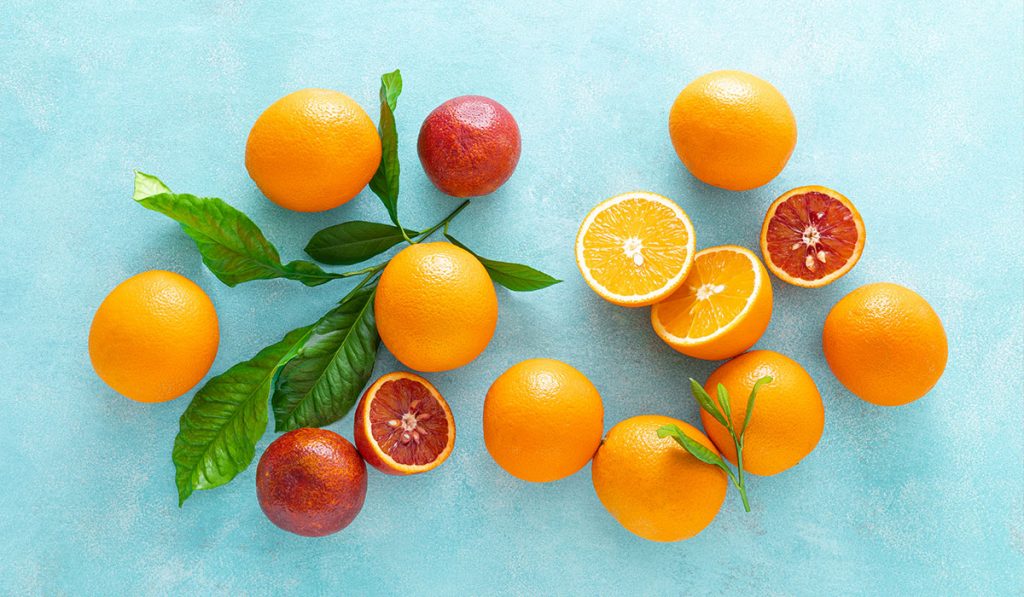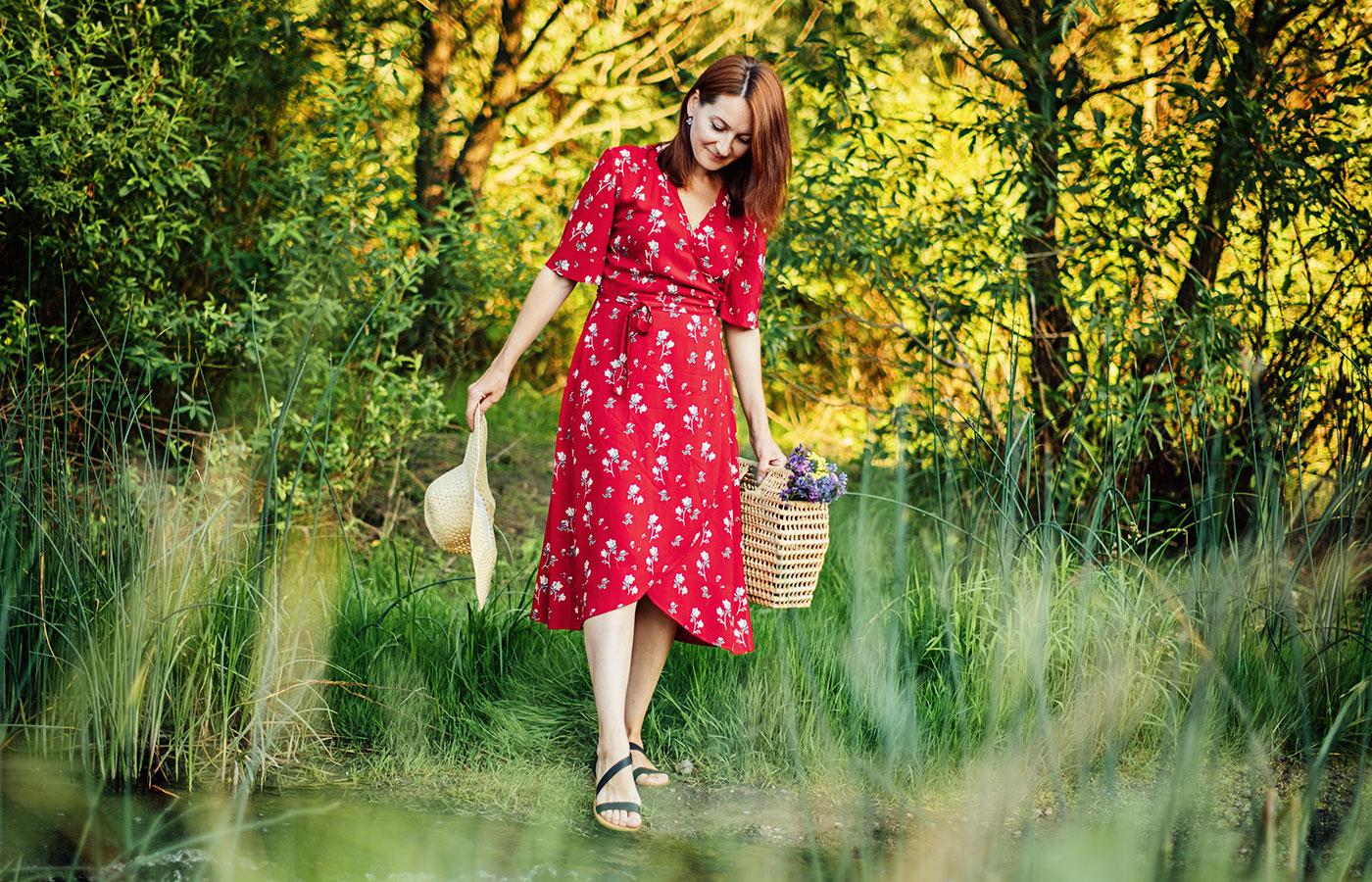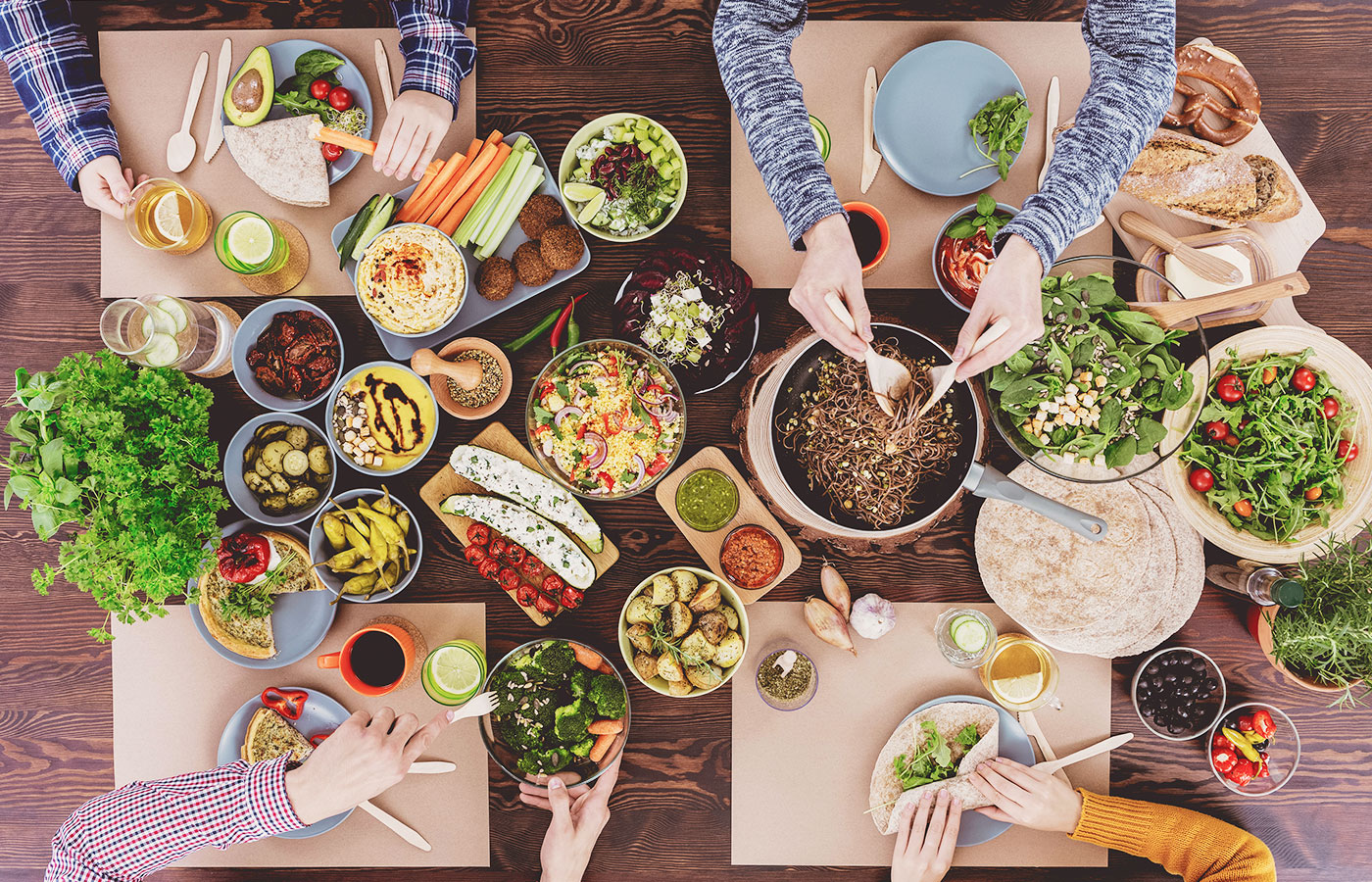As children we typically feel excited about getting older, with milestones like reaching the double digits and dreams of what the absolute independence of adulthood will be like. Then we seem to reach a certain point along the way where all of a sudden, getting older is no longer viewed in a favourable light. In fact, for many people, ageing becomes something they fear or dread.
Ageing is a natural part of life that we will all go through. So why the fear? While there are numerous factors that can contribute, if we pull back the curtain on this it usually isn’t about getting older itself – it’s the story we tell ourselves about what getting older means. Our own personal story about what ageing means tends to be a melting pot of past experiences, interactions with others, and the information and images we are exposed to through various forms of media on a daily basis. Unless we go digging into our beliefs, it’s usually not something we’re consciously aware of – it’s just our perception.
But different people have different ideas about ageing. Ageing to one person can mean feeling wiser and more comfortable in their own skin – which inspires a radiance of its own. While, to another, ageing may represent significant degeneration of their health or how they look or feel. For some, it is the changes in appearance that occur with age that are dreaded or feared the most. We are exposed to an enormous volume of images, genuine, filtered and fake, depicting what popular culture considers ‘beautiful’ or ‘ideal’, and it can be easy to develop a perception that we need to look (or continue looking) a certain way.
Your changing lines, hair colour or body in no way detracts from who you are and the magnificence of your heart, and ageing is a natural process. In fact, it’s an enormous privilege that we get to live into our elderly years. In saying that, our lifestyle and how we take care of our body most definitely influences how well we look and feel in our later life. We don’t want the lifestyle we live now to detract from our health so that many of our later years are spent battling health challenges that impinge on our quality of life.
While change is definitely afoot, much emphasis is placed on various aspects of youthfulness as attractive, and we are bombarded with messages about needing to hide the effects of ageing. Hardly anyone actually talks about the natural and inevitable processes of ageing. Yet, the more we know about these processes the more we can do to ensure we take such good care of ourselves and reduce the likelihood of premature ageing or our ageing being rapid and debilitating.
So, let’s take a look at what ageing is really all about. The three biochemical processes through which we age are oxidation, inflammation and glycation. The good news is, great nutrition goes a long way to providing our body with the substances it needs to ensure these processes happen slowly rather than rapidly.
Oxidation
Oxidative damage is caused by free radicals. Imagine these are single oxygen units that can damage the tissues of the body. Free radicals are produced by normal processes like breathing and exercising, but our body will produce more of them if we are exposed to cigarette smoke and environmental pollutants or when we experience chronic stress or inflammatory reactions. A small number of them assist the body with some vital processes, such as helping us get over an infection. However, when they are in excessive numbers for too long, degeneration occurs.
To help protect ourselves from the damage that free radicals have the potential to cause, we need to consume antioxidant-rich foods as these quench the free radicals. Some of our micronutrients (vitamins and minerals) act as antioxidants, such as vitamin C and vitamin E, but there are also many, many phytochemicals (beneficial plant-based substances) that have antioxidant actions. We simply cannot disregard the benefits of eating of whole, real plant foods, especially plenty of colourful vegetables.
Inflammation
Inflammation is another major way in which we age. Simply put, inflammation is one of the ways your immune system responds to a substance it deems problematic entering your body. How do things enter? You can ingest them, breathe them, or you can absorb them through your skin. When your immune system perceives that a threatening substance has entered, it mounts a powerful and multi-pronged attack on the ‘invader’. Part of that response is to create inflammation, which occurs wherever the immune system is engaged in a battle – in the tissues of your face, in your blood vessels, and/or in your vital organs, for example. The red, hot, painful inflammation that your body lets you know about tends to be an acute localised response, however chronic low-grade inflammation is usually silent, and can happen when a person isn’t taking good care of themselves.
Inflammation is essential to keeping us alive, but in excess it can be detrimental to our health. For example, chronic inflammation can contribute to many health conditions such as cardiovascular disease, type-2 diabetes and non-alcoholic fatty liver disease. Because these conditions develop over time, they do become more prevalent with increasing age. In saying that, we are seeing an increase in younger people developing some of these conditions, such as non-alcoholic fatty liver disease, largely due to the amount of processed food and drinks consumed. It’s deeply concerning.
Our lifestyle choices – including our food and beverage choices, the cosmetics and household products we choose, how hard we push our body and how much rest we get, as well as our perceptions of pressure and urgency – can all either drive or reduce inflammatory responses in the body.
One simple way to reduce inflammation is to limit the amount of problematic substances that enter the body. This could mean reducing your alcohol intake, quitting smoking and avoiding ultra-processed foods. There are also a number of foods that have natural anti-inflammatory properties and increasing our consumption of these can also be beneficial. Some examples of anti-inflammatory foods include oily fish (which are a source of the anti-inflammatory omega-3 fats), turmeric and ginger.
Glycation
Another factor that contributes to ageing is glycation. This occurs when glucose, fructose or galactose (sugars) bind to some of our DNA, proteins and lipids (fats), leaving them unable to do their jobs in the body. The by-product of this is what are known as advanced glycation end products (AGEs). If we have a diet high in refined and processed foods, the problem becomes worse as we get older, since the cumulative sugar intake for most just keeps growing. This can cause cells and tissues to not work properly, resulting in ageing or, in some cases, disease.
I care very much about doing all we can to prevent degenerative diseases and live an energised, healthy, full life. There is so much we can do to reduce our risk of developing chronic diseases over time, yet many people still operate under the faulty belief that just because their mother or father had a chronic disease, such as cardiovascular disease or type 2 diabetes, they are destined to develop it too. And while it is true that our genetics can play a role in our susceptibility to a number of health conditions, epigenetics teaches us that it is what we do with our genes that matters. According to epigenetics you have the ability to control the expression of your genes, meaning you have the ability to impact to what extent you “inherit” certain health conditions. Let that empower you. I recall a professor of medicine speaking at a conference I attended who said: “ we all have lousy genes; it’s what we do with them that matters.”
The changes you make now can have a significant bearing on your health in the future and what your experience of ageing will be. While it is truly wonderful that we have access to modern medicine which allows us to live longer, we don’t often stop to consider the quality of that life – the life in those years. We don’t often pause to think about what it would be like if we lost the strength or flexibility of our body and as a result, lost some of our independence. So, a question I like to pose is “Are we living too short and dying too long?” For it is the quality of your life that I care about so sincerely.








